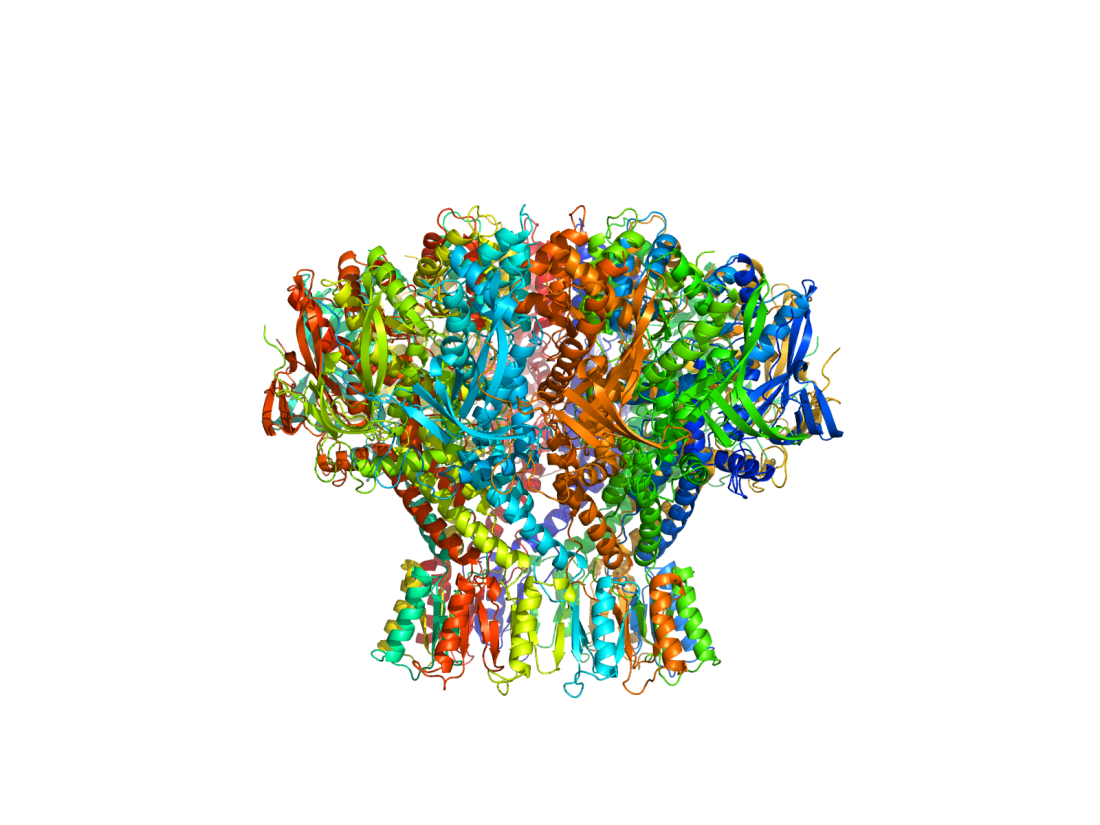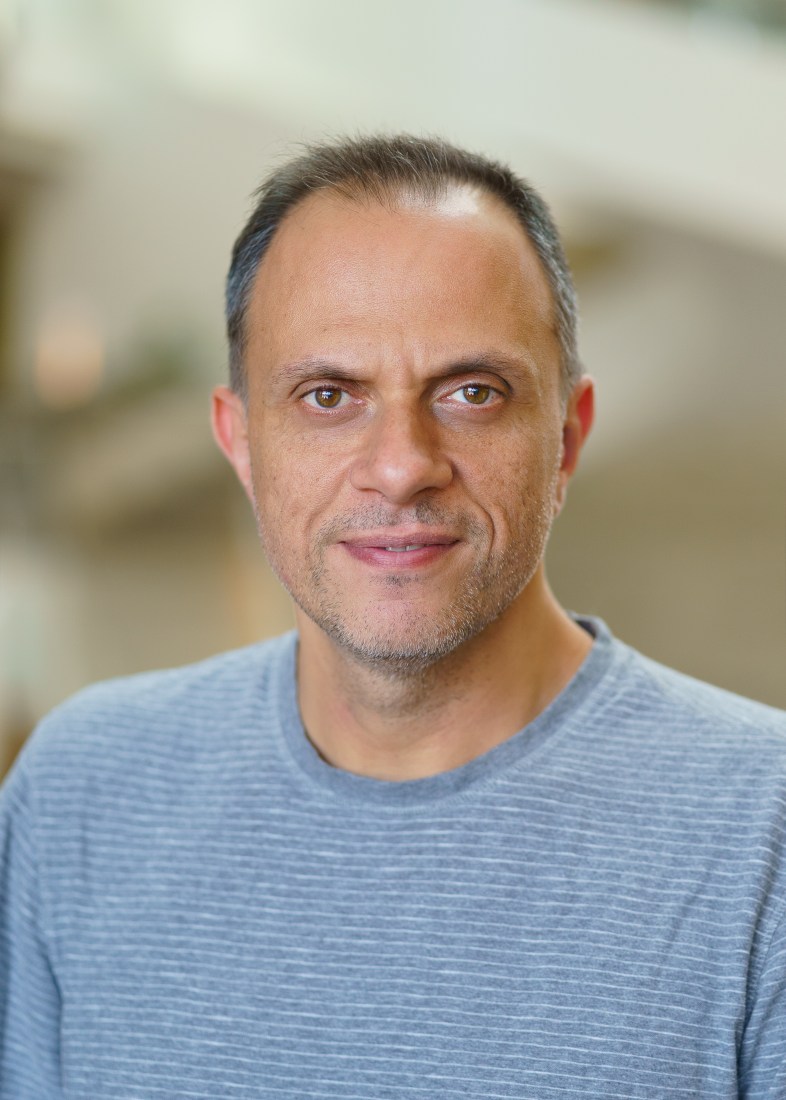Meni Wanunu works with small things — very small things, like individual molecules. But how can researchers observe the inner workings of something so miniscule?
For advancements in sensors that stretch and scan molecules on their own level, Wanunu has received the Innovator of the Year Award from the Northeastern University chapter of the National Academy of Inventors (NAI).
Professor of both physics and chemistry and chemical biology at Northeastern University, as well as the principal investigator of the Nanoscale Biophysics Laboratory, Wanunu develops sensors called nanopores, whose primary attributes are tiny holes on the molecular scale.
Wanunu began making nanopores in his postdoctoral work by shooting electron beams through a thin membrane, “and it would just puncture very small holes the size of a few atoms across,” he says.
The nanopores’ sizes are so small that only one molecule at a time can pass through them — forcing them through also stretches them, allowing researchers to observe their component parts.
Kind of like placing the molecules “on a conveyor belt,” Wanunu says, “then scanning them like a barcode.”
Wanunu says that he used the electron beam membranes for years, “and we still use them, but less frequently now, because it’s a little bit difficult to control those shapes, to be so precise.”
The precision Wanunu and his team needed came from biology, which creates “very reproducible structures that you can crystallize. You get very beautiful structures of proteins.”

These days, Wanunu’s nanopore sensors “are actually proteins [placed] in lipids in membranes, and they self-assemble into these ring structures that are beautiful.”
Nanopore technology has ramifications for everything from personalized medicine to defense tech, Wanunu says. He envisions a world where two patients with the flu could walk into a doctor’s office and receive individualized care for the different strains each might carry.
These “applications are sensitive, [providing a] quick response,” he says, “in a portable format, something that one can actually translate to the field.”
“That’s where this technology will be in the future.”

In receiving his Innovator of the Year Award, Wanunu says that this was “the first year [Northeastern NAI is] awarding this kind of award” at its annual meeting.
A student innovator award was also handed out, this one to Daniel Braconnier, a recent Ph.D. graduate from the Northeastern College of Engineering.
Wanunu praised the Northeastern chapter of NAI for hosting an inspiring event before the awards ceremony, with “interesting seminars by innovators” who “were invited to give talks about their perspectives on innovation.”
He also credits Northeastern’s Center for Research Innovation (CRI) for helping get the event off the ground and providing assistance to Northeastern researchers and scientists.
“We’ve had numerous patents,” Wanunu says, and the Center for Research Innovation was “instrumental in licensing [a particular kind of nanopore] patent to a company” called Oxford Nanopore Technologies. “They’re still funding some of our research,” he says.
Without the CRI, “I wouldn’t be able to handle all the legal stuff,” he says with a laugh. “I just want to do my science.”
Noah Lloyd is the assistant editor for research at Northeastern Global News and NGN Research. Email him at n.lloyd@northeastern.edu. Follow him on X/Twitter at @noahghola.
